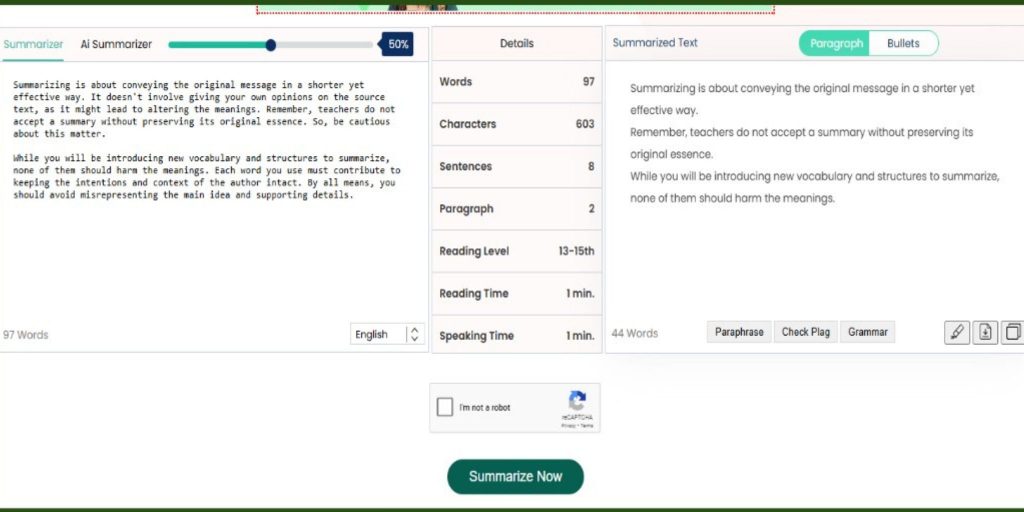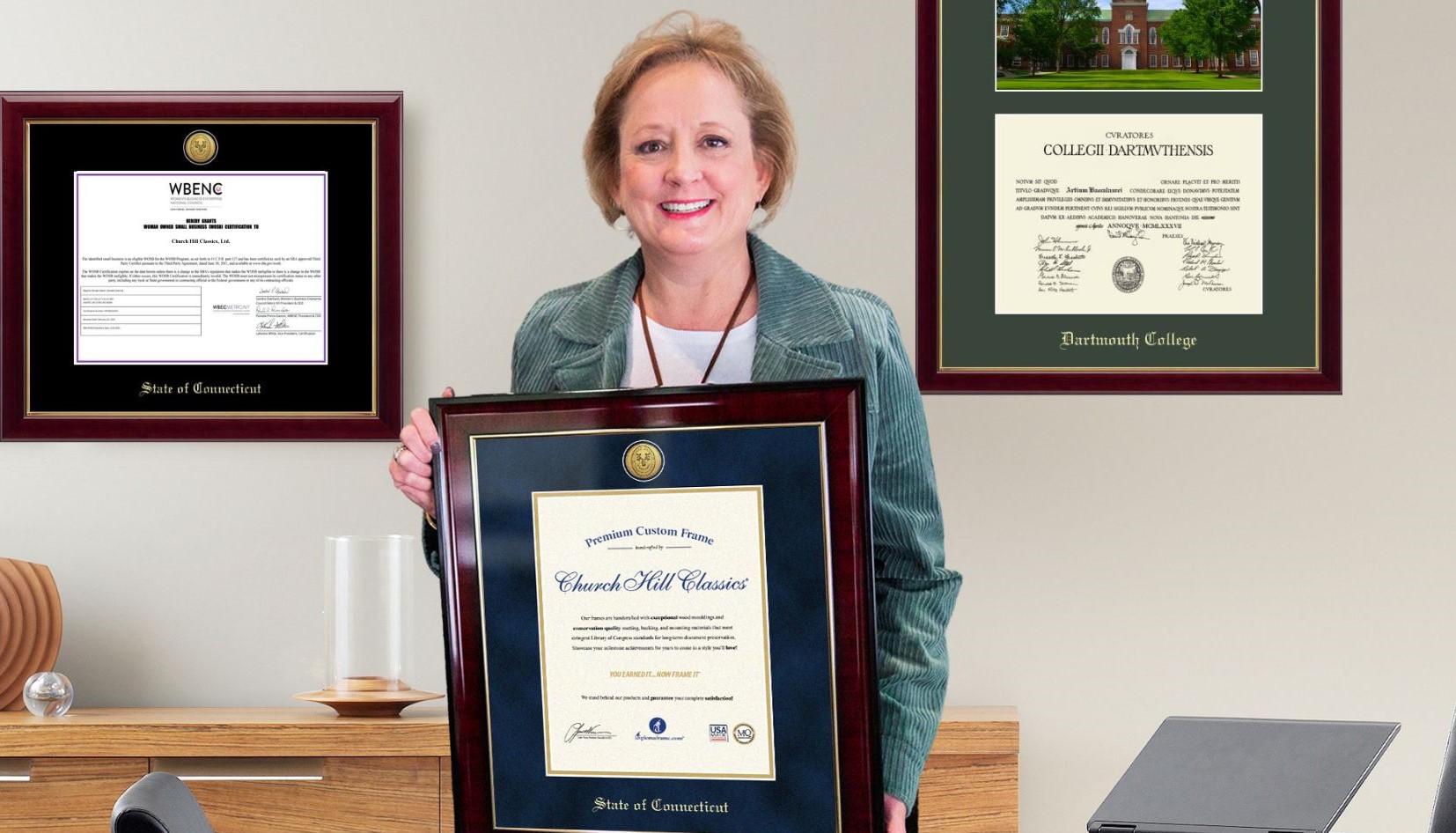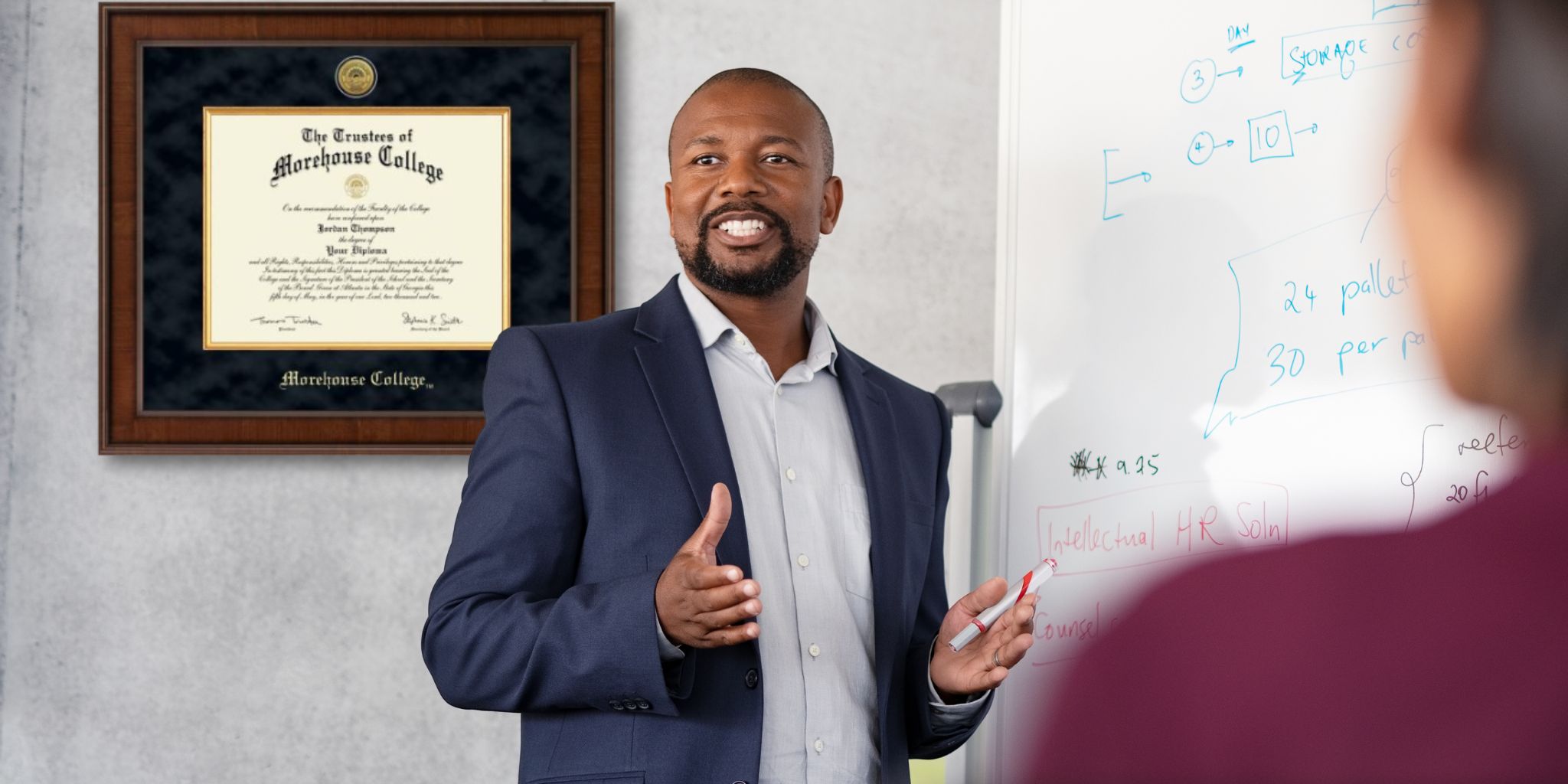In academics, institutes develop and evaluate different skills in students. The primary medium of skill assessment is academic assignments. Summary writing is also one of them. This writing task aims to check the learner’s ability to compress information while retaining essential details.
While this task seems straightforward, many, even the senior students, struggle to do it. There could be different reasons behind it. For instance, one may have a wrong perception about a summary, while others may find it hard to decide what to include and what not to.
This guide is worth reading if you remain confused and frustrated while summarizing articles. We have covered some essential considerations learners should consider when writing a summary. So, let’s go on a journey to explore them.
Read, Read, and Read
Reading is at the heart of writing a good summary. Those not reviewing the original text often fail to summarize it effectively. Ignoring this step leads you to either go off-topic or include things that don’t exist in the source text.
So, before you put your hands on the keyboard or paper, do extensive reading. Start from the first sentence, and don’t miss anything. If the text to be summarized is too lengthy, read it multiple times to grasp the meaning correctly.
Recognize the Main Idea
Once you have gone through the original text multiple times, the main idea will become clear. So, this is the time to identify the core message. During this phase, you should focus on finding what the author is trying to convey.
A good approach is to keep an eye on the topic sentences of all paragraphs. This helps you know which main idea all these statements refer to. After it becomes clear to you, note it on paper, on sticky notes, or a digital notepad for later use.
Identify Supporting Points
When the central message is determined, consider identifying the key points that strengthen it to explain it. Remember, when reading text, every sentence will seem important, which may confuse you about which one to choose. So make careful selections.
Instead of selecting any random statement, look for those that contain examples, arguments, and relevant explanations. Recognize which points contribute the most to illustrating the main idea. Highlight all such sentences or save them in a separate document.
Craft a Rough Summary Draft
Never rush to create a summary; you won’t perform accurate summarization in the first attempt. Instead, aim to create a rough draft first so you can make the necessary edits to refine details. So, once you are clear about the central idea and supporting points, create an initial draft.
In this process, you must demonstrate your understanding of the source material using different wording and structures. Don’t copy or mimic the language of the original author. Instead, keep the summary unique and customized. Also, don’t hesitate to write anything about the identified points, as you will have room for post-refinements.
Cut the Fluff for the Final Version
The first draft may feel too wordy. Many students accidentally overexplain, add unnecessary details, fall victim to repetition, or use improper wording. Cutting the fluff helps finalize the summarized version. However, for many, figuring out what to keep and what to cut may feel like a mental tug-of-war.

In such a situation, seeking assistance from an online summarizing tool can solve the matter. All you need to do is upload the rough draft to the summarizer and let it identify the most critical details. The tool utilizes advanced algorithms and techniques to extract the gist of a text, often requiring no further trimming.
Ensure Meaning Preservation
Summarizing is about conveying the original message in a shorter yet effective way. It doesn’t involve giving your own opinions on the source text, as it might lead to altering the meanings. Remember, teachers do not accept a summary without preserving its original essence. So, be cautious about this matter.
While you will be introducing new vocabulary and structures to summarize, none of them should harm the meanings. Each word you use must contribute to keeping the intentions and context of the author intact. By all means, you should avoid misrepresenting the main idea and supporting details.
Make Some Tweaks to Wording
When evaluating your summary, teachers don’t just assess your ability to summarize things. Instead, they examine how well you can state the same thing concisely. The language, wording, or phrasing you use contributes a lot to the overall quality of your summary.
The right words can make the difference in the summarized version. So, look at your summary and identify the words that may be replaced with better alternatives. Also, look for areas you can simplify further by making a few adjustments.
Proofread & Edit Carefully
Proofreading and editing should be the key considerations when writing an academic summary. Review the summarized version sincerely if you don’t want your hard work rejected due to just a few lingual mistakes. Find the grammar mistakes that you often make. Also, stay vigilant to all, which is essential to advanced grammatical errors.
Also, ensure that all the details in the summary are organized in the same order as the source text. Moreover, perform a quick plagiarism test for your final draft to ensure originality. You are prepared to go once your summary from all aspects is ready to submit.
To Sum Up
In short, writing an academic summary requires careful reading, accurate recognition of the main idea, and a precisely crafted initial draft. Then, making the post refinements, such as cutting the fluff, polishing language, ensuring meaning preservation, and proofreading, adds extra depth to the summarized version. All these considerations lead you to create a perfect summary that drives good grades and builds your positive image in front of your teachers.














